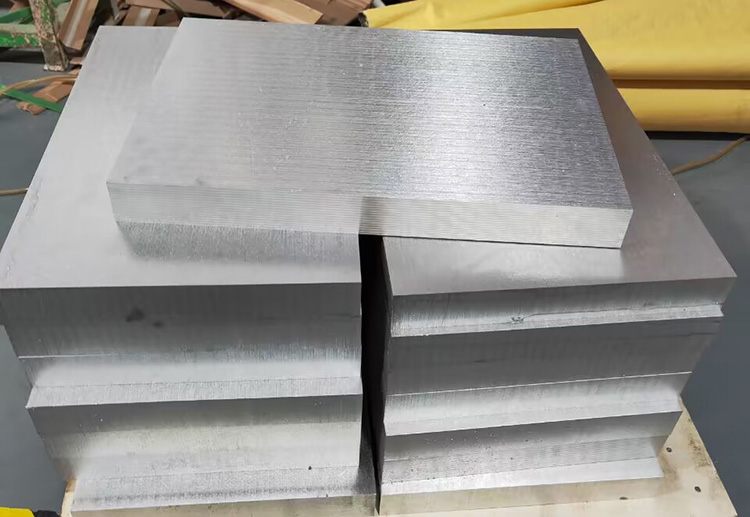The production process of magnesium alloy plate

Magnesium alloy plates can be produced by a process called casting or extrusion. Here are the general steps for each method:
Casting method:
A. Melting: Magnesium alloys, usually in ingot or sheet form, are melted in a furnace at temperatures of approximately 700-750 degrees Celsius (1300-1380 degrees Fahrenheit). Magnesium alloys are used to improve the mechanical properties of pure magnesium.
b. Refining: Refining agent is added during the melting process to remove impurities and improve the quality of the molten metal.
c. Mold preparation: Prepare the mold of the required shape and size of the magnesium plate. Molds can be made of steel or other materials suitable for casting.
d. Pouring: Pour the molten magnesium alloy into the mold. Care must be taken to ensure that the mold is properly filled to avoid defects.
e. Solidification: The molten metal is cooled and solidified in the mold to form the shape of the mold cavity. Cooling rate and controlled solidification techniques can be used to optimize material properties.
f. Removal and finishing: After the metal solidifies, open the mold and take out the magnesium plate. The sheet may undergo further processing steps, such as finishing, grinding or surface treatment, to achieve the desired final size and surface finish.
Extrusion method:
a. Billet preparation: Magnesium alloys are first cast into billets, which are cylindrical or rectangular solid metal rods. The cross section of a billet is usually larger than the desired plate thickness.
b. Heating: The billet is heated to a specific temperature, usually around 350-450 degrees Celsius (660-840 degrees Fahrenheit), to make it more malleable during extrusion.
c. Extrusion: The heated billet is passed through a specially designed die by a hydraulic press or extruder. The mold has an opening with the desired magnesium plate shape and size.
d. Cooling and cutting: The extruded magnesium plate is cooled and cut to the desired length. The cooling process can be controlled to achieve the desired material properties.
e. Finishing: The cut magnesium sheet may undergo additional processing steps, such as heat treatment, surface treatment or machining, to meet specific requirements.
It is important to note that the exact manufacturing process may vary depending on the specific requirements, equipment, and technology used by different manufacturers.











